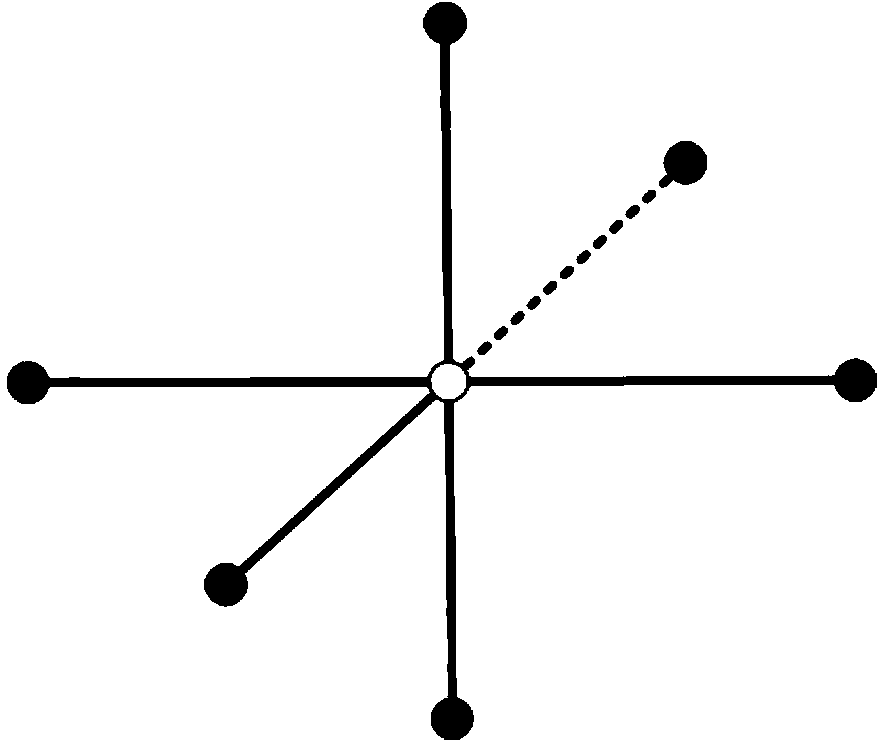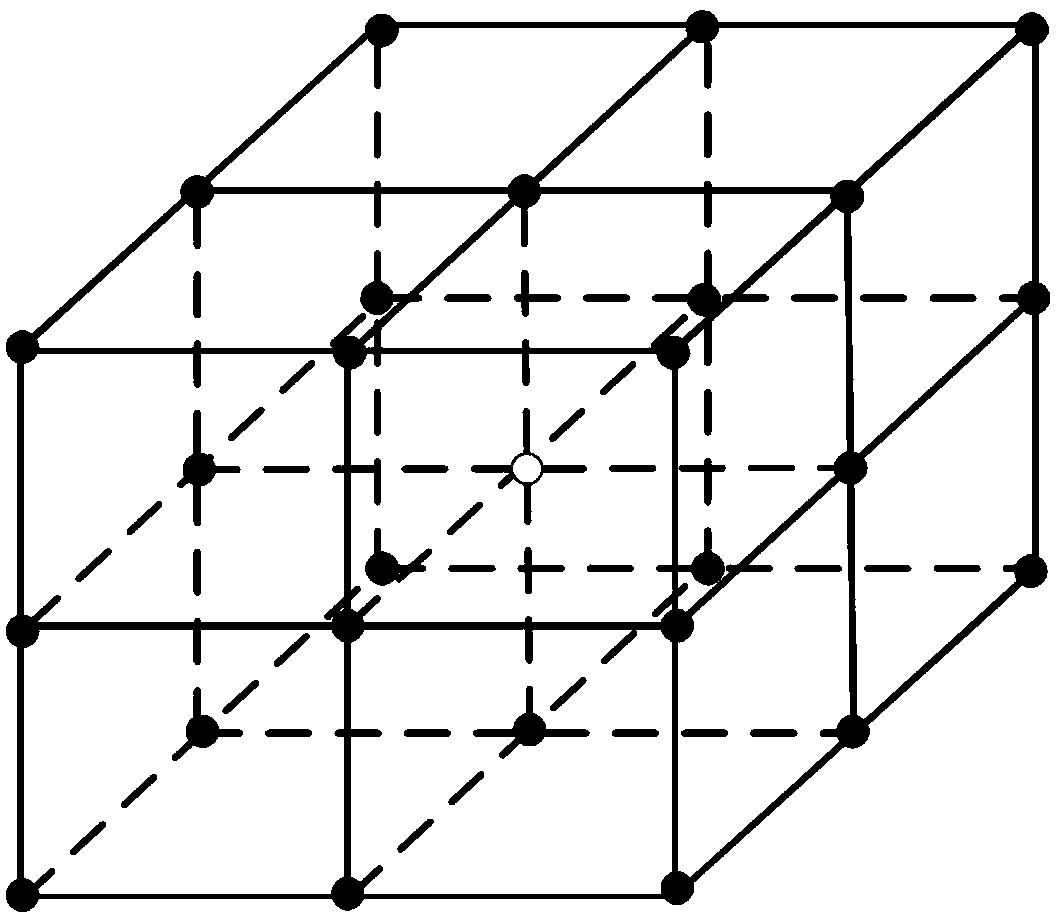Two-dimensional transfer function body data identification method based on distance transformation watershed algorithm
A technology of watershed algorithm and transfer function, which is applied to the field of identifying structures of interest in volume data, and can solve problems such as misclassification, overlapping, and inability to separate structures connected in space.
- Summary
- Abstract
- Description
- Claims
- Application Information
AI Technical Summary
Problems solved by technology
Method used
Image
Examples
Embodiment Construction
[0040] The present invention will be described in detail below with reference to specific embodiments, which will help those skilled in the art to further understand the principles and advantages of the present invention, but do not limit the present invention in any form. It should be pointed out here that some improvements and modifications made by those skilled in the art without departing from the principles of the present invention belong to the protection scope of the present invention.
[0041] like figure 1 As shown, this embodiment provides a volume data identification method based on a distance transform watershed algorithm and a two-dimensional transfer function. In order to intuitively illustrate the practicability of the present invention, this embodiment applies the principles and ideas of the present invention to the practical two-dimensional grayscale-gradient amplitude transfer function space. The specific implementation steps are as follows:
[0042] (1) Re...
PUM
 Login to View More
Login to View More Abstract
Description
Claims
Application Information
 Login to View More
Login to View More - R&D
- Intellectual Property
- Life Sciences
- Materials
- Tech Scout
- Unparalleled Data Quality
- Higher Quality Content
- 60% Fewer Hallucinations
Browse by: Latest US Patents, China's latest patents, Technical Efficacy Thesaurus, Application Domain, Technology Topic, Popular Technical Reports.
© 2025 PatSnap. All rights reserved.Legal|Privacy policy|Modern Slavery Act Transparency Statement|Sitemap|About US| Contact US: help@patsnap.com



